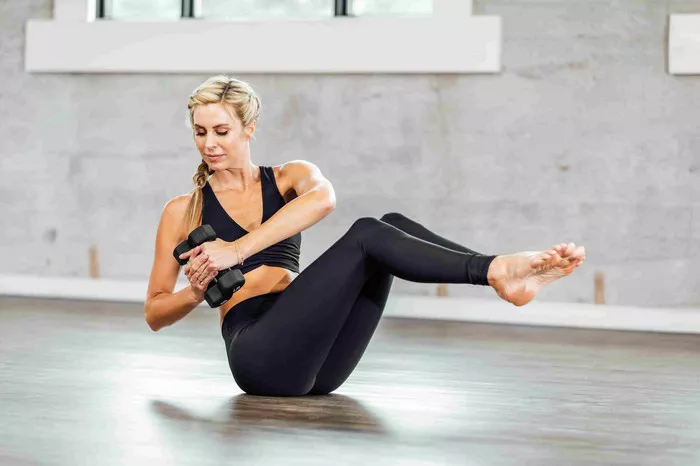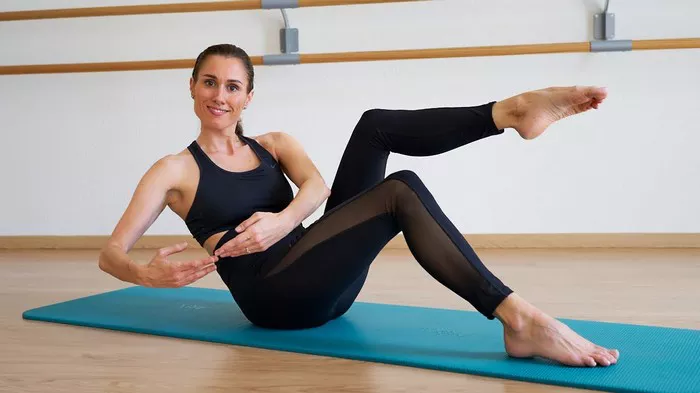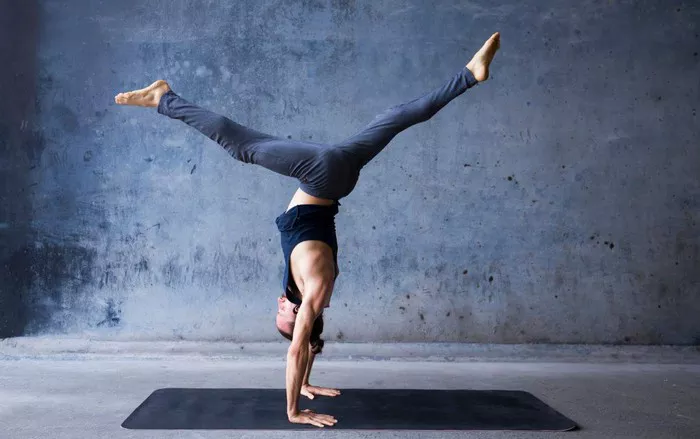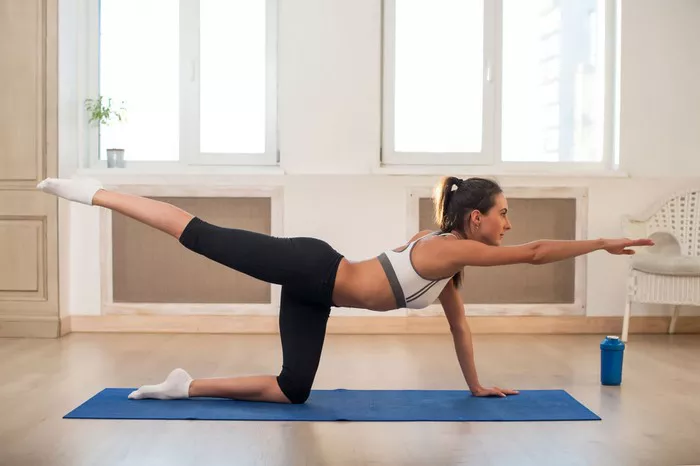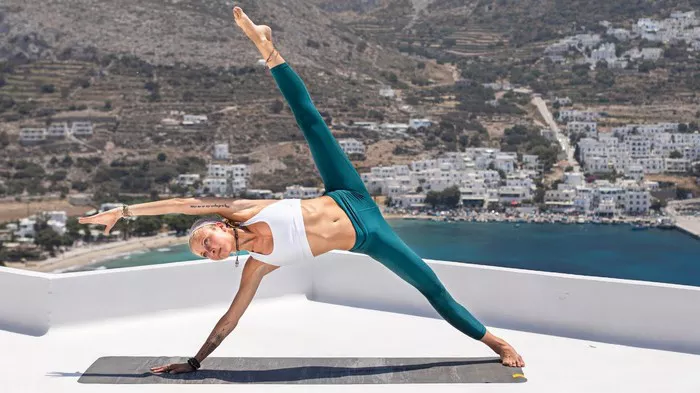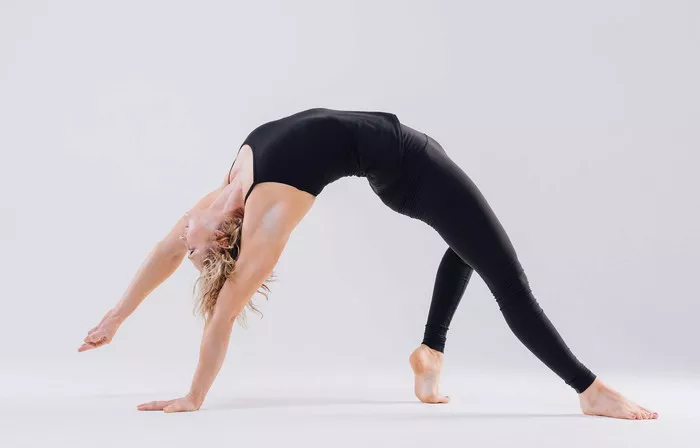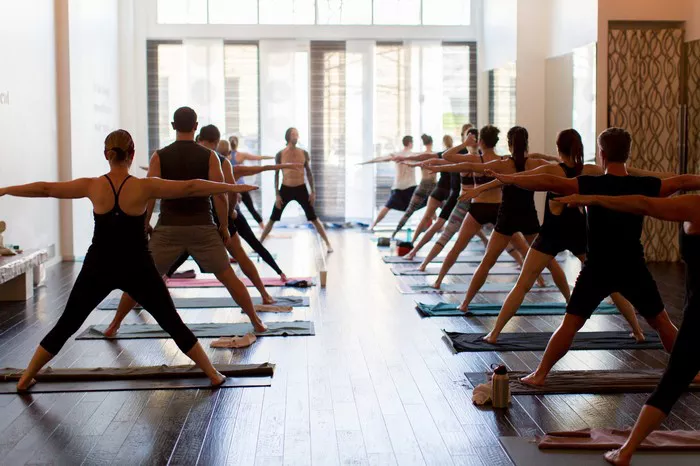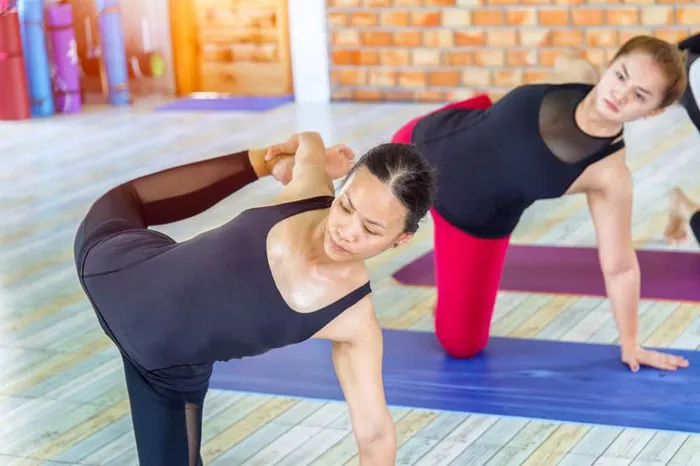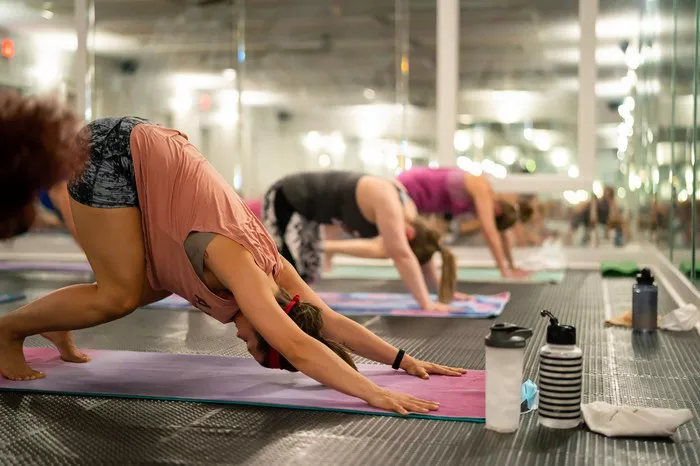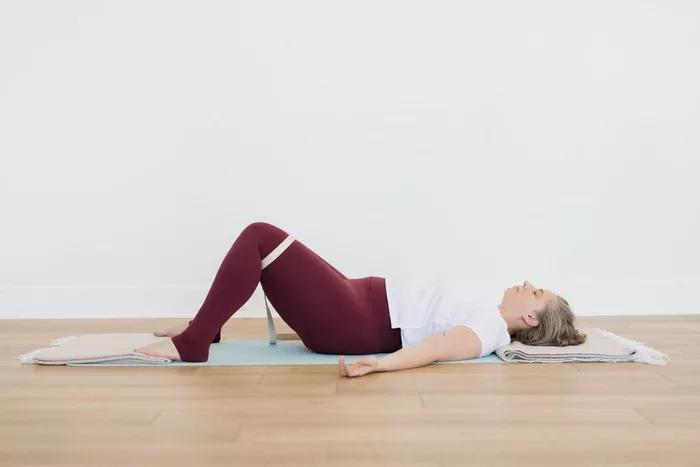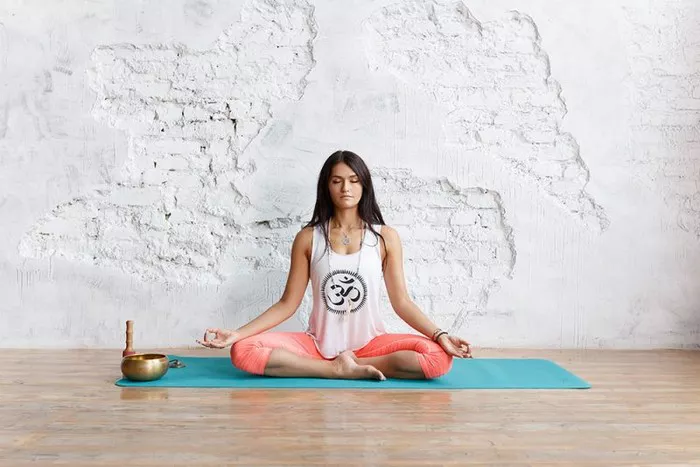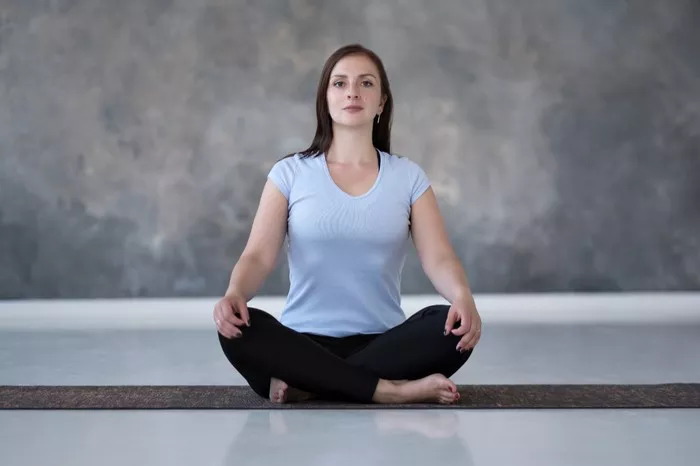Uttanasana, commonly known as the Standing Forward Bend, is one of the fundamental postures in yoga practice. It’s a part of many yoga routines, as it stretches the hamstrings, spine, and calves while offering a sense of grounding and calm. However, like any physical movement, it is important to understand that Uttanasana may not always be suitable for everyone, and practicing it incorrectly or in excess can have some potential drawbacks. In this article, we will explore the disadvantages of Uttanasana, highlighting aspects of safety, alignment, and bodily limitations that need to be considered when performing this pose.
Overview of Uttanasana
Before delving into its disadvantages, it’s helpful to briefly understand what Uttanasana involves. The word “Uttanasana” comes from two Sanskrit terms: “uttana” meaning “intense stretch” or “extended,” and “asana,” which translates to “pose” or “seat.” This pose involves standing with your feet hip-width apart, bending forward from the hips, and reaching your hands toward the ground or your feet. The torso is folded over the thighs, aiming to create a deep stretch along the back of the body, including the spine, hamstrings, and calves.
The Benefits of Uttanasana
Before discussing the potential disadvantages, it’s important to acknowledge the numerous benefits Uttanasana offers. This pose is often practiced to improve flexibility, particularly in the hamstrings, lower back, and hips. It also aids in calming the mind, relieving stress, and energizing the body. Additionally, Uttanasana promotes better circulation, enhances digestion, and encourages deep breathing, helping to improve overall health and vitality.
However, while Uttanasana is generally considered beneficial, it is not without its risks and drawbacks. Let’s take a closer look at the disadvantages of Uttanasana and when caution is necessary.
1. Risk of Straining the Hamstrings
One of the most common disadvantages of Uttanasana is the risk of overstretching or straining the hamstrings, especially for beginners or individuals with tight hamstrings. When practitioners force themselves to fold deeply into the pose without adequate flexibility or warming up, it can result in overstretching, leading to injury. The hamstrings are particularly vulnerable in this position because they are stretched beyond their natural range of motion.
For those who are new to yoga or have limited flexibility, it’s crucial to listen to your body and avoid pushing yourself too far. Over time, with consistent practice, the hamstrings will gradually loosen, but attempting a deep forward fold before achieving the necessary flexibility can lead to muscle strains or even tears.
2. Strain on the Lower Back
Uttanasana can place significant strain on the lower back if proper alignment is not maintained. In this pose, the forward fold can cause compression in the lumbar spine if the practitioner does not engage the muscles of the core and legs. This can lead to lower back discomfort or injury, especially if the individual has pre-existing back issues or a weak core.
To prevent this, it’s important to hinge from the hips rather than simply collapsing the upper body towards the floor. Maintaining a slight bend in the knees, rather than locking them out, can also help to reduce the pressure on the lower back. Additionally, engaging the core and lengthening the spine as you fold will help protect the lower back from strain.
3. Increased Pressure on the Neck and Shoulders
While Uttanasana is primarily a forward bend, it also involves the neck and shoulders. In a traditional forward fold, the head is often allowed to hang heavily, which can create undue pressure on the neck. If the neck is not properly supported, or if the body is too stiff, this can lead to tension in the neck, shoulders, and upper back.
For individuals with neck pain or stiffness, it’s important to keep a slight bend in the knees and avoid letting the head hang freely. Instead, maintaining a gentle lift through the chest and neck while keeping the spine long can reduce the risk of straining these areas.
4. Exacerbating Pre-existing Knee Issues
While Uttanasana can be beneficial for improving flexibility, it may exacerbate knee problems for those with pre-existing conditions like patellar tendonitis, arthritis, or meniscus tears. The forward fold can place pressure on the knees, especially when the legs are straight, as the body weight is shifted forward. This can strain the knee joint, especially if it is already compromised by injury or degeneration.
To avoid putting unnecessary pressure on the knees, practitioners with knee issues should keep a slight bend in the knees during Uttanasana. If you have significant knee pain or injury, it may be best to avoid this pose altogether or consult a healthcare professional before attempting it.
5. Blood Pressure Concerns
Uttanasana can cause a temporary drop in blood pressure, particularly for individuals who already have low blood pressure or are prone to dizziness. The forward fold can cause blood to rush to the head, leading to a feeling of lightheadedness or faintness. For individuals with cardiovascular conditions or those who are pregnant, Uttanasana may not be advisable, or modifications may be necessary to prevent any adverse effects on circulation.
If you experience dizziness or lightheadedness during Uttanasana, it’s important to come out of the pose slowly and gently. Practitioners with high or low blood pressure should consult with their healthcare provider before including this pose in their routine.
6. Not Ideal for Pregnant Individuals
Pregnancy is a time when certain yoga poses should be avoided or modified, and Uttanasana is one such pose. During pregnancy, the body undergoes many changes, including the release of the hormone relaxin, which increases the flexibility of the joints. While this can make certain yoga poses more accessible, it also increases the risk of overstretching and injury. The deep forward fold of Uttanasana can place additional strain on the lower back, pelvis, and abdominal muscles, and it may be uncomfortable for those in the later stages of pregnancy.
Pregnant individuals should avoid deep forward bends like Uttanasana and opt for more supportive and gentle poses, such as seated forward bends, that don’t put pressure on the abdomen. Consulting with a knowledgeable yoga instructor or healthcare provider is crucial to ensure a safe practice during pregnancy.
7. Misalignment and Risk of Injury
Misalignment in Uttanasana can lead to injuries over time. For instance, if the pelvis is tilted too far forward or backward, or if the spine is rounded excessively, it can create strain in the back, neck, and legs. Misalignment also increases the likelihood of overstretching certain muscles and tendons, which can lead to injury.
To ensure proper alignment in Uttanasana, it’s important to focus on the positioning of the feet, legs, and spine. The feet should be parallel and hip-width apart, the knees should be slightly bent if needed, and the hips should hinge forward as you fold. Always prioritize lengthening the spine, rather than forcing the chest towards the floor. This will help prevent misalignment and injury.
8. Psychological Stress for Some Practitioners
While Uttanasana is known for its calming effects on the mind, it can cause stress or anxiety for certain practitioners. For individuals who struggle with feelings of vulnerability or discomfort when their head is below their heart, Uttanasana can feel unsettling. This can be particularly true for people with a fear of inversion poses or those who experience emotional discomfort when they are in a deep forward bend.
If Uttanasana causes psychological distress, it’s important to take breaks or modify the pose by using props such as blocks under the hands or resting the head on a bolster. Practitioners should honor their mental and emotional states and avoid forcing themselves into poses that feel too uncomfortable.
Conclusion
Uttanasana is an incredibly beneficial yoga pose, offering a range of physical, mental, and emotional benefits when practiced correctly. However, it is important to approach this posture with awareness of its potential disadvantages. By listening to your body, making necessary modifications, and practicing proper alignment, you can minimize the risks and enjoy the many advantages this pose offers.
As with all yoga poses, it is essential to recognize that each person’s body is unique, and what works for one individual may not be suitable for another. If you have any underlying health concerns or injuries, it’s always best to consult with a qualified yoga instructor or healthcare provider before engaging in a new yoga practice. This way, you can practice safely and enjoy the benefits of Uttanasana without undue strain or risk of injury.
By paying attention to these potential disadvantages and taking the necessary precautions, Uttanasana can be a wonderful and rejuvenating part of your yoga practice.
Related topics:

